Laranja Mecânica (A Clockwork Orange) by Anthony Burgess (Aleph, 2019)

Open cover.
Book jacket for Laranja Mecânica, a new edition of the classic novel by Anthony Burgess, translated to Portuguese by Fábio Fernandes and issued by Brazilian publisher Aleph in 2019.
Iconically adapted by Stanley Kubrick, A Clockwork Orange is an icon of pop culture. Giving it a new look without losing all of its significant symbols that tell the story was a significant challenge. The 1968 novel still pulsates with boldness, courage, and devastating violence. It prompts readers to consider many issues of today’s society. I wanted to create a cover that could transport people into that universe. Perhaps you already watched the movie or had a Clockwork T-shirt or even read the book, but I wanted to present a new language that is fresh – but still very recognizable.
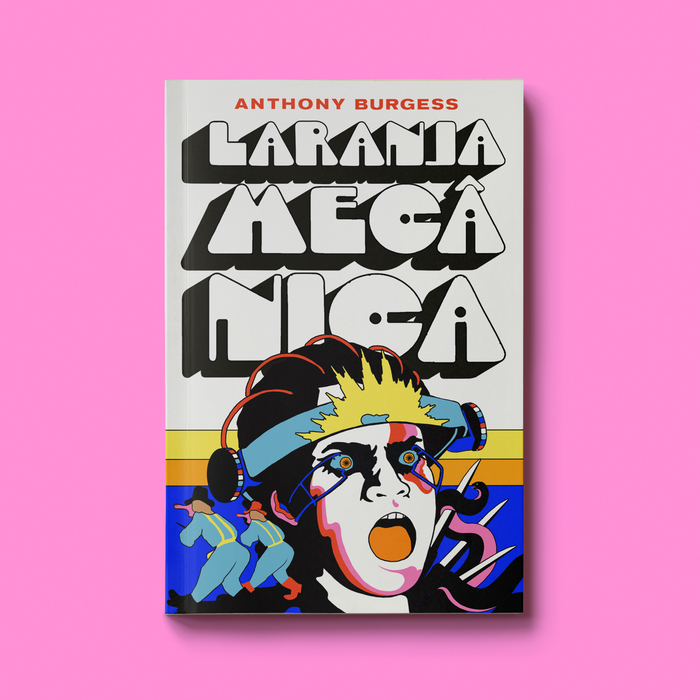
When I first saw Ginger Snap, I was in love and thought that it perfectly matched the feeling that I wanted to transmit. Unfortunately, I only found a low-resolution image of a Photo-Lettering specimen. I had to draw all the letters based on other applications (mostly record covers).
For this project, my main influence was Heinz Edelmann, a German art director and illustrator, and his animation style. I aimed to conceptualize this cover as an animated timeline that could gather the main elements from A Clockwork Orange's universe. The front illustration is a mix of metaphorical elements: Alex violently suffering Ludovico’s treatment, while his old droogie comrades are walking away from him; the knives (representing Alex’s previous violence against society), and the snake (Alex’s pet and symbolizing the betrayal of his friends).
On the back, even with the Nadsat phrase “Viddy well, little brother, viddy well” I chose to illustrate the police. It represents two things: the future careers of the droogies and the state violence. To reinforce that, the police are depicted walking towards the droogies (and vice versa). It can be understood as a future/past relationship or an imminent conflict.

Ginger Snap in use for spreads that separate the chapters.
On the inside pages, I conceptually explored ’60s pop art’s repetition, patterns, and big rounded lettering contrasting with Burgess’s rough doodles from the original draft. I also created a collage comprised of old Brazilian newspapers announcing that A Clockwork Orange – both the movie and book – would be censored in Brazil by the military dictatorship. I layered the inside pages with a slew of ultra-violent text.

Sketches by Anthony Burgess are paired with Ginger Snap.
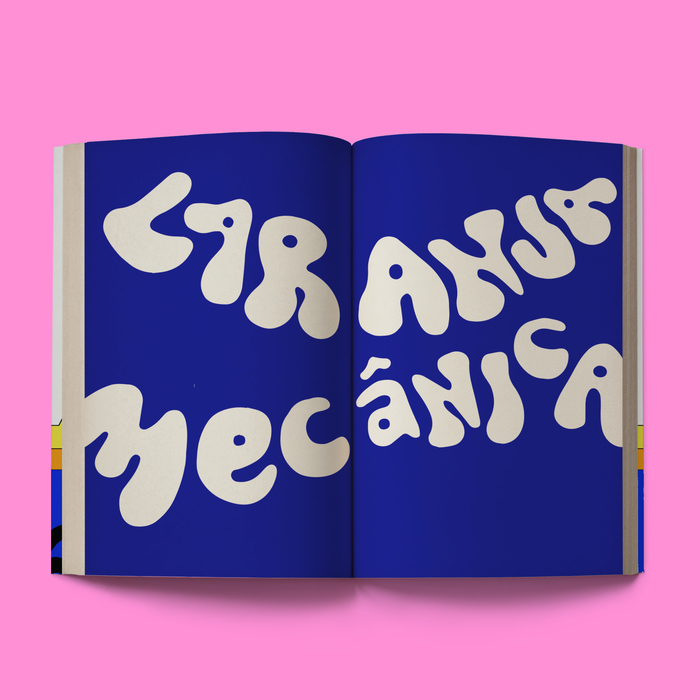
Hand-made lettering.
Brazil is experiencing an ominous time. Our president, Jair Bolsonaro, a former army captain, does not support democratic leadership, or diverse culture. It is deeply concerning, and many art-related cultures are under attack. Expositions are censored, journalists lives are threatened, police violence against citizens is on the rise, there are major cuts in the education and research spending, and the Amazon rain forest is burning to the ground. Most of the time, we feel hopeless. This reminds us of our own recent pasts: the military dictatorship, the extreme state violence and censorship.
This project won Gold at Latin American Design Awards in 2019.
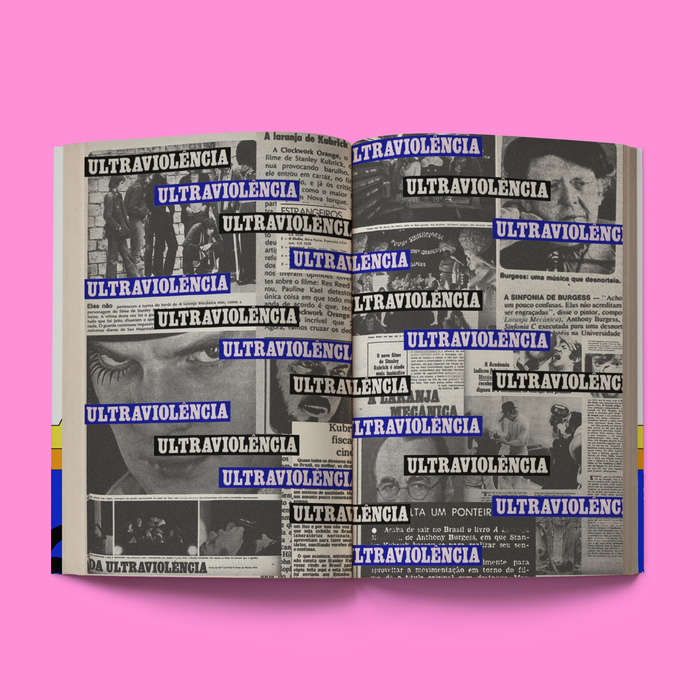
Collage of old Brazilian newspaper clippings announcing that A Clockwork Orange would be censored in Brazil by the military dictatorship in the 70s. The word “Ultravioléncia” from one of the headlines (set in caps from Egyptienne or similar) is repeated multiple times.
Formats
- Books (3973)
Topics
- Literature (1905)
Designers/Agencies
Tagged with
- Anthony Burgess (4)
- psychedelic (122)
- A Clockwork Orange (4)
- book jackets (521)
- novels (346)
- inner flaps (48)
- book spines (718)
- book interiors (1896)
- translations (192)
- Fábio Fernandes (1)
- Portuguese (language) (270)
- lettering derived from typeface (479)
- shadow effects (699)
- mid-word linebreaks (416)
- stacked and justified (453)
- back covers (927)
- type in a box (384)
- round corners (107)
- chromatic (468)
- illustration (860)
- 1960s style (55)
- 1970s style (125)
- award winners (145)
- repetition (515)
- lettering (370)
- Aleph (publisher) (2)
Artwork location
- Brazil (326)





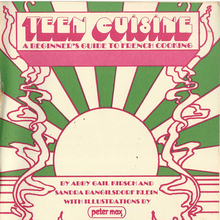




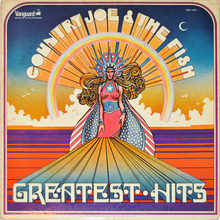










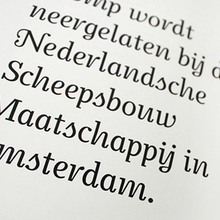

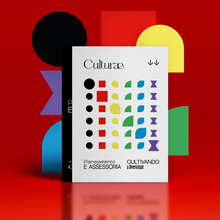



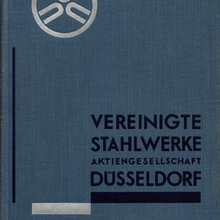





















2 Comments on “Laranja Mecânica (A Clockwork Orange) by Anthony Burgess (Aleph, 2019)”
This is awesome!
Nice one! Just as a curiosity, Mierop Ginger Snap had a photo-lettering (fotoletra) clone in Brazil called Spatz, attributed to Fabio Alvarenga and his Studio Alfa in Rio de Janeiro. It was used on the cover of Caetano’s Transa, among other stuff, and figures in many photo-lettering catalogues from Brazil from the 70s/80s.